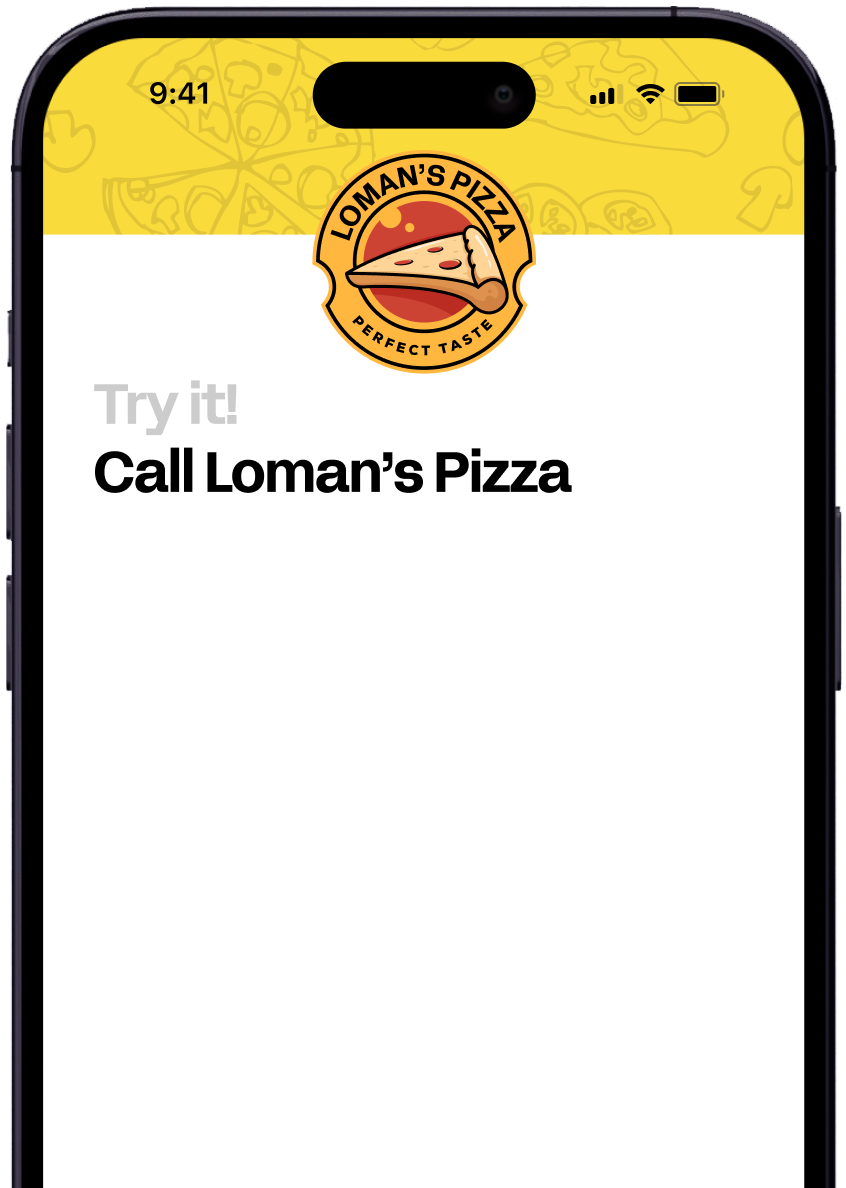January 27, 2025

Did you know that over 350 languages are spoken in U.S. homes? This linguistic diversity presents both challenges and opportunities for restaurants aiming to serve a wide range of customers. As our communities become more diverse, the ability to communicate effectively with patrons from various linguistic backgrounds has become crucial for success in the restaurant industry.
Restaurants that can bridge language gaps not only enhance customer satisfaction but also open doors to new markets and increased revenue. However, maintaining a multilingual staff can be costly and logistically challenging. This is where innovative solutions like multilingual restaurant phone systems come into play, offering a cost-effective way to break down language barriers and improve service.
Language barriers can significantly affect various aspects of restaurant operations:
Addressing these challenges is essential for restaurants looking to thrive in diverse communities. Let's explore how multilingual systems can help overcome these hurdles.
Adopting a multilingual approach through technology offers numerous advantages:
These benefits highlight why more restaurants are turning to multilingual systems to enhance their operations and customer service.
When considering a multilingual restaurant phone system, look for these essential features:
These features ensure that your multilingual system can effectively manage diverse customer interactions.
To maximize the benefits of a multilingual restaurant phone system, consider these best practices:
By following these practices, restaurants can ensure a smooth integration of multilingual capabilities into their operations.
Many restaurants have already experienced the benefits of implementing multilingual systems. For instance, a popular Italian restaurant in New York City saw a 20% increase in takeout orders after implementing a multilingual phone system that could handle English, Spanish, and Mandarin. The owner reported not only increased sales but also improved customer satisfaction scores.
Similarly, a chain of Mexican restaurants in Texas expanded their customer base by 15% after introducing a system that could seamlessly switch between English and Spanish. These success stories demonstrate the tangible benefits of breaking down language barriers in the restaurant industry.
As shown in the video above, multilingual chatbots are revolutionizing business communication across various industries, including restaurants. These AI-powered solutions are proving to be invaluable in breaking down language barriers and improving customer service.
As technology continues to advance, we can expect even more sophisticated multilingual solutions for restaurants. Future developments may include:
These innovations will further enhance the dining experience for customers from diverse linguistic backgrounds, making restaurants more accessible and inclusive than ever before.
Breaking language barriers in restaurants is no longer a luxury—it's a necessity in our increasingly diverse world. Multilingual restaurant phone systems offer a practical and efficient solution to this challenge, enabling restaurants to serve a wider audience while improving operational efficiency.
By implementing a system like Loman.ai, restaurants can handle customer interactions in multiple languages, take orders accurately, and manage reservations efficiently—all without the need for a multilingual staff on every shift. This not only enhances customer satisfaction but also opens up new opportunities for growth and expansion.
As we move forward, the restaurants that embrace multilingual communication will be best positioned to thrive in our global marketplace. The question is no longer whether to implement such systems, but how quickly can you get started?
Q: How much does it cost to implement a multilingual restaurant phone system?
A: Costs can vary depending on the specific features and scale of implementation. However, many restaurants find that the increased efficiency and expanded customer base quickly offset the initial investment. Loman.ai offers flexible pricing options to suit different restaurant sizes and needs.
Q: Can a multilingual system really replace human staff?
A: While multilingual systems like Loman.ai are highly effective for many tasks, they're designed to complement rather than replace human staff. They handle routine interactions, freeing up your team to focus on more complex customer needs and in-person service.
Q: How accurate are these systems in understanding different accents and dialects?
A: Modern AI-powered systems like Loman.ai use advanced natural language processing to understand a wide range of accents and dialects. They continuously learn and improve with each interaction, becoming more accurate over time.
Q: How long does it take to set up a multilingual restaurant phone system?
A: Implementation time can vary, but many systems can be set up relatively quickly. With Loman.ai, for example, restaurants can often be up and running within a few days, with minimal disruption to existing operations.
As highlighted in this TEDx talk, technology plays a crucial role in breaking down language barriers. This principle applies equally to the restaurant industry, where multilingual systems can significantly enhance communication and service quality.

Enter your information in the form to receive a call from Loman and place an order like a customer would!